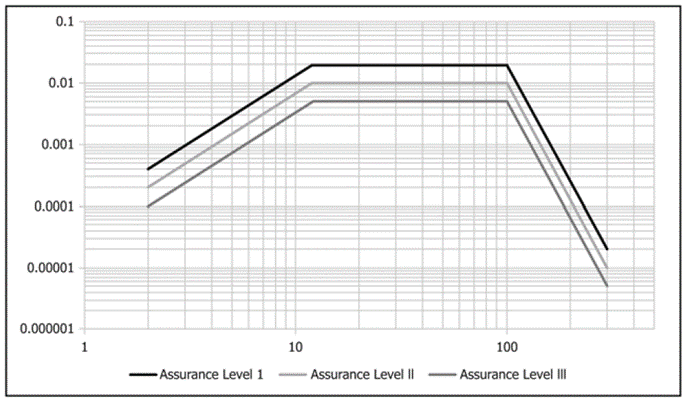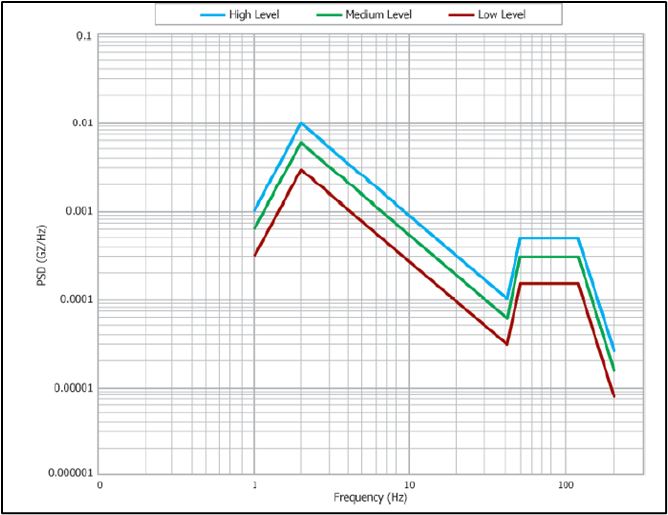What is ASTM D4169 testing?
ASTM International developed the standard ASTM D4169, “Standard Practice for Performance Testing of Shipping Containers and Systems,” to test a shipping systems’ ability to withstand typical distribution hazards that occur in a supply chain. The standard uses a series of schedules that are based on real-world transportation and historical data.
What is ASTM D4169 testing used for?
This ASTM standard is often used as the testing method to provide documented evidence to regulatory agencies that a shipping system can be used for shipping products. Depending on the schedules selected for testing, conducting ASTM D4169 testing could prove that a shipping system can withstand the following simulated distribution hazards:
- Manual and Mechanical handling
- Warehouse/Vehicle Stacking
- Stacked/Vehicle Vibration
- Loose-load Vibration
- Rail Switching
- Concentrated Impact
- High Altitude (Low Pressure)
- Environmental Hazard (Ambient temperature changes and moisture)
Why is there an ASTM D4169-16 and an ASTM D4169-22?
ASTM D4169-16 was the previous version of the D4169 test standard which was published in 2016. ASTM International decided to update the standard in 2022 to version D4169-22, due to the increase of data that was recorded, analyzed, and incorporated into the revision. The new field studies result in a more realistic testing standard.
What is the difference between ASTM D4169-16 and ASTM D4169-22?
While most of the testing standard remained the same, changes were made to the air vibration profile. D4169-16 is limited to three assurance levels (I, II, or III) and 4 frequencies (2, 12, 100, and 300 Hz). D4169-22 uses low, medium, and high density levels and 6 frequencies (1, 2, 42, 50, 120, and 200 Hz). See Figure 1 for the spectral density graph of ASTM D4169-16 and Figure 2 for the spectral density graph of ASTM D4169-22. In every case, the overall Grms values for D4169-16 is greater than the values for D4169-22. This means that the previous profile was more intense overall than the updated air profile.

Figure 1: ASTM D4169-16 Power Spectral Density Graph

Figure 2: ASTM D4169-22 Power Spectral Density Graph
What does this mean for FDA filings?
The FDA’s recognition of D4169-16 is to be superseded by recognition of ASTM D4169-22. The FDA was still accepting testing according to ASTM D4169-16 until 09JUL2023. Because this transition period is over, declarations of conformity to ASTM D4169-16 will not be accepted by the FDA for new documents.
What can Lean Biologix do to help?
The LBX team has extensive experience with ASTM D4169 testing. LBX can develop, evaluate, execute, and summarize ASTM D4169 testing for a customer’s review while being compliant with the current industry and regulatory standards. LBX can help successfully demonstrate a shipping system’s ability to protect product from physical damage and maintain thermal shipping requirements. See the Design Qualification (DQ) and Operational Qualification (OQ) Testing Services tab on the LBX website for more information.
References
ASTM D4169-16, Standard Practice for Performance Testing of Shipping Containers and Systems
ASTM D4169-22, Standard Practice for Performance Testing of Shipping Containers and Systems
WESTPAK_ASTM-D4169-22-FAQ_TE_v3.1.1.
